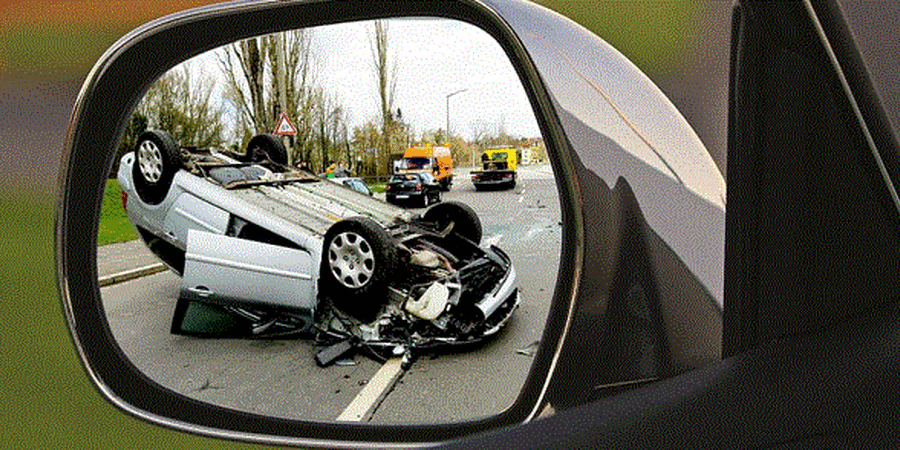Philadelphia, PA - When it comes to navigating the streets of Philadelphia, avoiding head-on collisions is a matter not just of personal safety but civic responsibility. So, what can Philadelphians do proactively to curtail these dangerous incidents? This guide isn't merely about caution on the roads; it's a blueprint for safeguarding lives through collective awareness and action, intertwining individual vigilance with systematic approaches from local governance. Here, you'll find strategies designed to transform Philly’s thoroughfares into exemplars of traffic safety—because every traveler should arrive safely at their destination.
Roadcraft in Philly: Honing Defensive Driving Skills
Every driver holds a piece of the puzzle to Philadelphia's road safety. It begins with defensive driving—anticipating the road ahead, recognizing potential hazards, and making well-informed decisions under pressure. Here lies a skill not innate but honed through practice and proper training.
Consider your vehicle an extension of yourself, one that requires constant vigilance and foresight to navigate Philly's dynamic streetscapes. Enrolling in advanced driving courses can sharpen these life-saving skills, drastically reducing the likelihood of head-on collisions by empowering drivers with the strategies needed to preemptively dodge oncoming dangers.
Measures that drivers should take to enhance their safety on Philadelphia's roads include:
- Consistently using seat belts: The simplest yet most effective defense in any collision.
- Regularly performing vehicle maintenance: Ensuring brakes, tires, and lights function properly to avoid failure at critical moments.
- Observing speed limits: Adhering to designated speeds reduces the severity of any potential impact.
- Avoiding distractions: Staying focused on the road without mobile devices or other distractions.
- Keeping a safe following distance: Allowing ample space between vehicles can provide necessary reaction time.
- Adjusting to weather conditions: Slowing down and being extra cautious during adverse weather conditions like rain, snow, or fog.
Integrating these practices into daily driving habits can substantially lower the chances of head-on collisions and contribute to a safer Philadelphia.
Synergy on the Streets: Community Involvement in Traffic Safety
True prevention stretches beyond the individual driver—it's a community endeavor. Engaging with local road safety campaigns and participating in neighborhood watch programs can create a vigilant environment where drivers look out for one another.
Philadelphia thrives when residents voice concerns about troublesome intersections or confusing signage to city officials, sparking constructive changes. It's this very synergy between citizens and civic leaders that paves the way for safer streets.
By fostering an active dialogue about traffic safety, Philly's communities can collectively identify risks and campaign for measures that protect all who traverse these historic roads.
Forward-Thinking Road Design: Curbing Collision Courses
Philadelphia can elevate its commitment to road safety by embracing forward-thinking designs. Consider the potential of roundabouts to mitigate head-on crashes or the impact of clearer road markings that guide drivers through treacherous turns and busy intersections.
Each intentional design choice serves as a silent sentinel against accidents. Yet, even with the best preventive measures in place, collisions can still happen. In such cases, specialists like these head-on crash lawyers in Lancaster, Pennsylvania become critical allies for those injured on Philly’s roads, offering legal guidance through the aftermath and championing the cause of safer streets for all who journey across them.
Enforcement and Education: A Dual-Thrust Approach
Philadelphia's fight against head-on collisions doesn't stop at infrastructure—it extends to concerted efforts in enforcement and education.
Rigorous law enforcement ensures compliance with traffic regulations, reinforcing safe driving practices by deterring reckless behavior. This role is complemented by educational initiatives that equip drivers with the knowledge they need to navigate roads judiciously. Together, these strategies form a robust defense against potential crashes.
The city’s commitment to teaching new generations of drivers about the nuances of urban driving—coupled with an unwavering pursuit of violations like DUI or distracted driving—manifests a dual-thrust approach that actively promotes a culture of attentiveness and responsibility behind the wheel.


